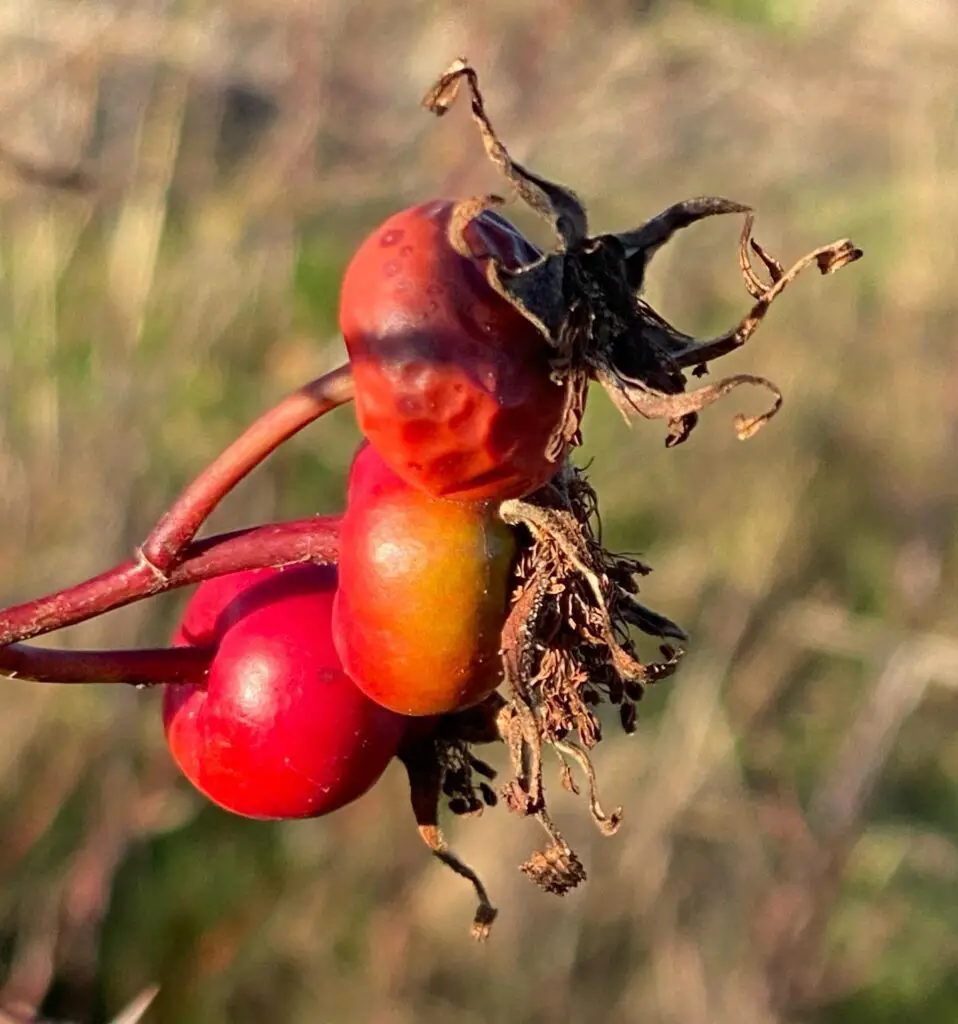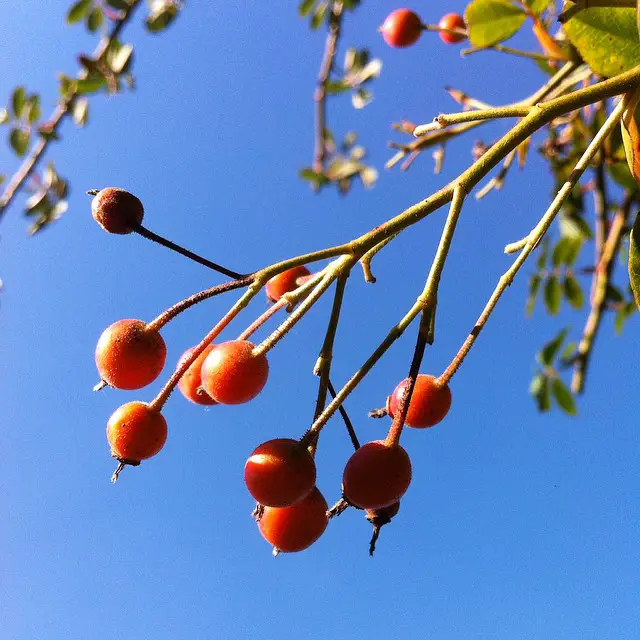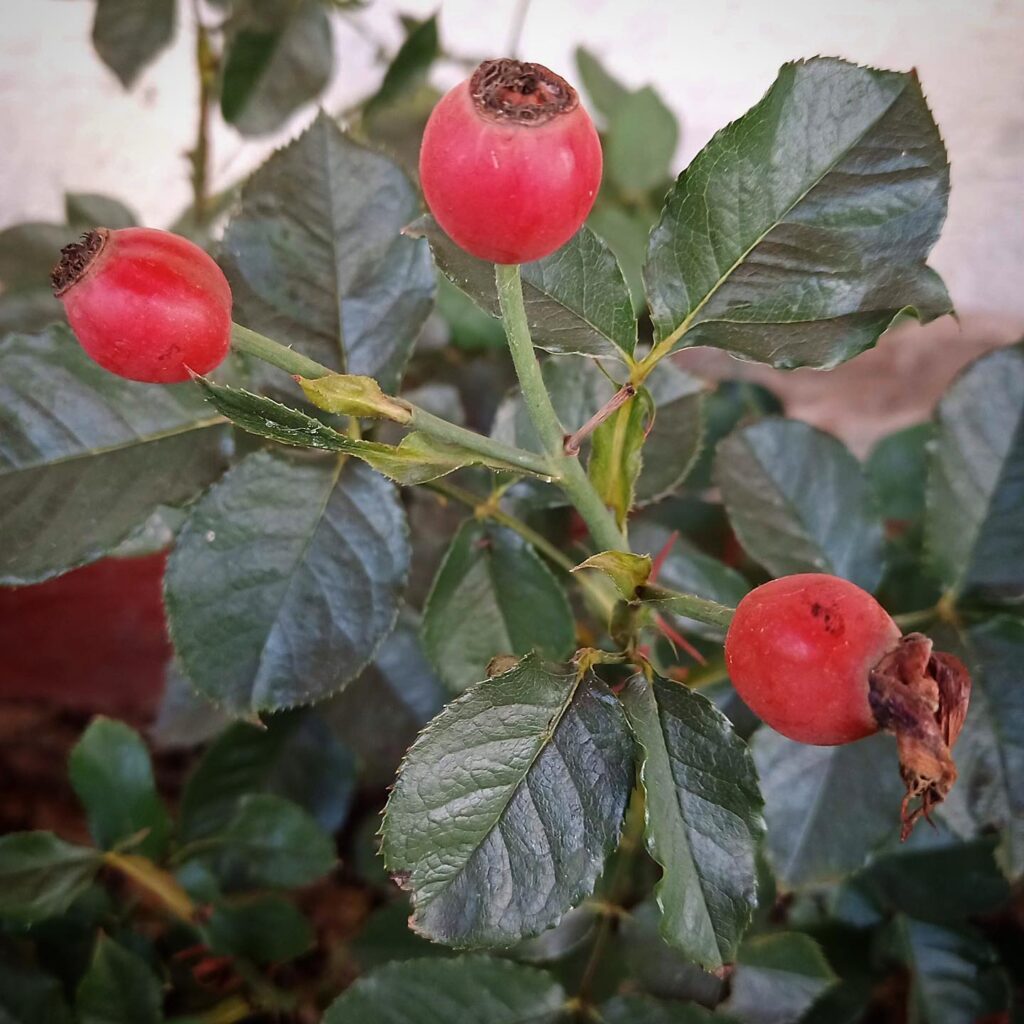How To Get Rose Seeds From A Rose Bush: Easiest Ways!
Few things evoke the essence of a garden quite like a blooming rose bush. Yet, beyond their beauty lies a hidden treasure: the potential to grow new roses from their seeds. Whether you’re a seasoned gardener or a budding enthusiast, learning how to collect rose seeds opens a gateway to endless possibilities in your garden.
Imagine strolling through your garden, admiring not just the roses in bloom, but also the promise of future blossoms nurtured from seeds carefully gathered. The process of obtaining rose seeds from a rose bush is both a science and an art, requiring patience and attention to detail.
From selecting the right time for harvesting to preparing the seeds for planting, each step is a journey towards perpetuating the beauty and fragrance that only roses can offer. Join us as we delve into the delicate yet rewarding world of propagating roses from their very seeds, unlocking the secrets that nature has bestowed upon these timeless symbols of love and elegance.
How To Get Rose Seeds From A Rose Bush
We’ll discuss the topic step by step. So, bear with us, and let’s dive into it:

Understanding the Rose Plant and Seed Formation
Roses, beloved for their beauty and fragrance, undergo a fascinating process of seed formation. Each rose begins as a flower containing both male (stamens) and female (pistil) reproductive organs. Pollination, often aided by insects like bees, transfers pollen from stamens to the stigma of the pistil. This crucial step initiates fertilization, where pollen travels down the style to reach the ovary. Inside the ovary, ovules are fertilized, transforming into seeds encapsulated within the rose’s fruit, known as a hip.
The timing of seed formation varies by rose species and environmental conditions. Generally, after successful fertilization, the hip develops over several weeks to months. As the hip matures, its color changes from green to red or orange, signaling ripeness. Inside, seeds mature within the protective layers of pulp, which aid in their dispersal.
Understanding seed formation aids in harvesting viable rose seeds. Optimal harvesting time occurs when hips are fully ripe, typically in late summer or early autumn. At this stage, seeds are plump, firm, and have attained their maximum size. Careful extraction involves cutting open the hip, removing seeds, and cleaning off any remaining pulp or debris to prevent mold growth. Stored in a cool, dry place, rose seeds remain viable for up to a year, ready to be sown for the next season’s blooms.
Selecting the Right Time for Seed Collection
Timing is crucial when collecting rose seeds to ensure successful germination. Roses produce seeds after the flowers have been pollinated, usually forming hips that contain the seeds. The optimal time to harvest these seeds is in late summer to early fall, when the hips are fully developed and have turned from green to a range of colors, such as red, orange, or even black depending on the variety.

Harvesting too early may result in immature seeds that are less likely to germinate, while waiting too long can lead to seeds that have dried out inside the hip. As a general rule, aim to collect rose seeds when the hips are firm and slightly soft to the touch, indicating they are ripe and ready for seed extraction. This timing typically coincides with the end of the blooming season, ensuring the seeds have had ample time to develop within the hip.
By selecting the right time for seed collection, you maximize the chances of obtaining viable seeds that will successfully grow into healthy rose plants.
Methods for Extracting Rose Seeds
Extracting rose seeds is a crucial step in propagating new plants from your favorite roses. There are several methods gardeners use to effectively harvest these seeds, each with its own benefits and considerations.
1. Seed Pod Identification and Collection
Identifying and collecting rose seed pods is the initial step in seed extraction. Rose plants produce seed pods after the flowers have wilted. These pods resemble small, rounded structures often found at the base of the faded flower. They typically mature within 4-6 weeks after flowering, turning from green to a brownish color. To collect, gently cut the seed pod from the plant using sanitized pruners to avoid damaging the pod or plant.
2. Seed Pod Extraction Techniques
Once collected, extracting the seeds from the pod requires careful handling to ensure viability. Begin by splitting open the pod using a sharp knife or scissors. Inside, you’ll find clusters of seeds surrounded by a fibrous material called “hip.” Separate the seeds from this material gently, taking care not to damage the seeds themselves. Some gardeners prefer to soak the seeds in water for 24 hours to soften the hip, making extraction easier.
3. Seed Cleaning Methods
Cleaning the extracted rose seeds is essential to remove any remaining hip material and ensure healthy germination. Start by rinsing the seeds thoroughly under cool, running water. Use a fine mesh sieve to separate the seeds from smaller debris and residue. For stubborn residues, a gentle scrub with a soft toothbrush can be effective. After cleaning, spread the seeds on a paper towel and allow them to air dry completely before storage or planting.
4. Scarification Techniques
Some rose seeds benefit from scarification, a process that breaks the seed coat to promote germination. Scarification methods include gently rubbing the seeds with sandpaper or nicking them with a sharp blade. This helps water penetrate the seed coat, stimulating the germination process. However, not all rose seeds require scarification, so it’s essential to research the specific requirements of the rose species or cultivar you are working with.
5. Stratification for Cold Treatment
Many rose seeds, especially those from temperate climates, require stratification to simulate winter conditions and break dormancy. To stratify rose seeds, place them in a moistened medium such as peat moss or vermiculite inside a sealed plastic bag or container. Store the container in a refrigerator at around 4°C (39°F) for 6-8 weeks. This cold treatment mimics the natural winter conditions needed to trigger germination once the seeds are planted in warmer conditions.

6. Importance of Proper Storage
After extraction and cleaning, storing rose seeds correctly is crucial to maintaining their viability. Place dried seeds in airtight containers such as envelopes or small jars. Store them in a cool, dry place away from direct sunlight. Properly stored rose seeds can remain viable for up to 2-3 years, allowing for multiple planting seasons.
7. Considerations for Hybrid Varieties
Hybrid rose varieties may produce seeds that do not replicate the parent plant’s characteristics due to genetic variation. When extracting seeds from hybrid roses, expect variability in flower color, size, and fragrance among offspring. To preserve specific traits, propagate hybrids through vegetative methods like cuttings or grafting instead of seeds.
8. Timing and Seasonal Factors
Timing plays a critical role in the success of seed extraction. Collect seeds when they are fully mature, typically in late summer to early fall, depending on the rose species and local climate. Avoid collecting seeds from plants stressed by extreme heat or drought, as this can affect seed quality and viability.
9. Using Alternative Propagation Methods
While seed extraction is one method, roses can also be propagated through cuttings or grafting. These methods offer more predictable results in terms of maintaining desired traits from the parent plant. Consider alternative propagation techniques for preserving specific characteristics in new rose plants.
10. Troubleshooting and Tips
Successful seed extraction requires attention to detail and patience. If seeds fail to germinate, consider adjusting factors like temperature, moisture levels, or seed treatment methods. Keep records of extraction and planting times to refine your technique and improve success rates in future propagation attempts.
Preparing and Storing Rose Seeds
Once you have successfully collected rose seeds from your bushes, proper preparation and storage are crucial to ensure their viability for future planting. Here’s how to handle and store rose seeds effectively:
Cleaning and Drying:
After harvesting, remove any remaining fruit pulp from the seeds by gently rubbing them. Rinse seeds in water to remove debris. Place them on a paper towel in a dry, well-ventilated area for about a week. Ensure they are fully dry before proceeding to the next step.
Storage Containers:
Choose breathable containers such as paper envelopes or breathable bags for storing seeds. Avoid airtight containers, as moisture can accumulate and lead to mold or mildew, damaging the seeds.
Desiccant Use:
To maintain dryness, add a desiccant like silica gel packets to the storage container. This helps absorb any residual moisture and keeps the seeds dry during storage.
Labeling and Documentation:
Label each container clearly with the rose variety and the date of collection. This ensures you can easily identify and track the seeds, especially if storing multiple varieties.
Ideal Storage Conditions:
Store the containers in a cool, dry place with consistent temperatures. Aim for around 32-41°F (0-5°C) and low humidity levels, ideally between 35-50%. A refrigerator can be an excellent storage option if these conditions are met.
By following these steps, you can extend the lifespan of your rose seeds, maintaining their viability for future planting seasons. Properly stored seeds can remain viable for up to one to two years, allowing you to propagate your favorite rose varieties with success year after year.
Planting and Caring for Rose Seedlings
Planting and caring for rose seedlings require attention to detail and patience to ensure they thrive into mature bushes. Here’s how to successfully nurture them:
1. Planting Rose Seedlings:
Plant rose seedlings in well-drained soil enriched with organic matter. Choose a sunny location with at least 6 hours of direct sunlight daily. Dig a hole twice as wide and deep as the root ball, gently spread out the roots, and backfill with soil. Water deeply after planting to settle the soil and encourage root establishment.

2. Watering and Feeding:
- Watering: Keep soil evenly moist but not waterlogged, especially during dry spells. Water at the base of the plant to avoid wetting the foliage, which can lead to diseases.
- Feeding: Fertilize with a balanced fertilizer formulated for roses in early spring and again after the first bloom cycle. Follow package instructions for application rates.
3. Pruning and Training:
- Pruning: Begin pruning lightly in the first year to encourage bushy growth and remove weak or crossing branches. In subsequent years, prune annually in early spring to shape the plant and promote flowering.
- Training: Stake young seedlings if necessary to support their growth and prevent damage from wind.
4. Disease and Pest Control:
- Monitor for common rose diseases such as powdery mildew or black spot. Use fungicides or organic treatments as needed.
- Control pests like aphids or spider mites with insecticidal soap or neem oil, applying early in the morning or late in the day to minimize harm to beneficial insects.
5. Winter Care:
- Protect rose seedlings in colder climates by mulching around the base to insulate roots and prevent frost damage.
- Prune lightly in late fall to remove dead or diseased wood and reduce wind damage during winter storms.
By following these steps, you can ensure that your rose seedlings grow into healthy, vibrant bushes that will reward you with beautiful blooms season after season.
Frequently Asked Questions
1. How do you collect rose seeds from a rose bush?
To collect rose seeds from a rose bush, wait until the rose hips (the fruit of the rose plant) turn from green to red or orange in late summer or early fall. Harvest the hips, remove the seeds from the fruit, and then clean and dry them before storing or planting.
2. When is the best time to harvest rose seeds?
The best time to harvest rose seeds is in late summer or early fall when the rose hips have ripened and turned red or orange. This is when the seeds inside the hips are mature and ready for collection. Timing is crucial to ensure successful germination and growth.
3. How do you prepare rose seeds for planting?
To prepare rose seeds for planting, scarify the seeds by gently nicking or scraping the seed coat to improve germination rates. Soak the seeds in water for 24 hours before planting to further enhance germination. Plant the seeds in a well-draining potting mix and keep them moist until they sprout, typically within a few weeks to months, depending on the variety.
Conclusion
Collecting rose seeds from a rose bush offers both a rewarding challenge and a glimpse into the natural cycle of these beloved flowers. By understanding the process—from selecting ripe rose hips to preparing and planting the seeds—we not only propagate new generations of roses but also deepen our connection with gardening and nature.
Each seed holds the promise of a future bloom, a testament to patience and care in nurturing beauty from its very source. Whether you’re a novice gardener or a seasoned enthusiast, exploring the world of rose propagation enriches our gardens and our appreciation for the timeless allure of these floral treasures.

I’m Shofi, a passionate gardener and blogger. I have 10+ years of experience in gardening and hold certifications in horticulture and garden design. I share my knowledge and skills through my garden blog to inspire and educate others on the joys of gardening. I try to provide valuable information and create a community for gardeners of all levels to connect and learn. My ultimate goal is to inspire others to start their own gardens and connect with nature.

